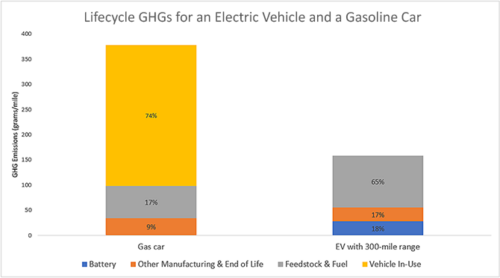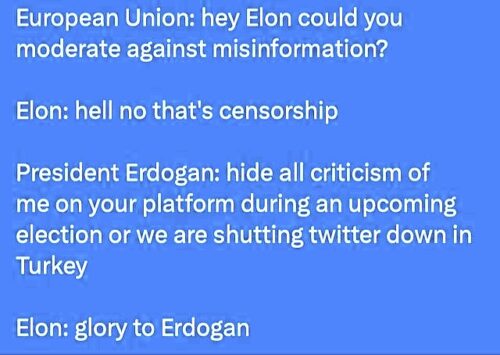The Tesla Semi has been a complete disaster, like all their engineering.
From abruptly stopping to being impossible to drive, to crashing into other semis… with only a dozen made so far it’s been ugly.
Now the California government is stepping in and calling out their own DMV.
State lawmakers argue that the state Department of Motor Vehicles has so badly mishandled the driverless car industry that it can’t be trusted to oversee big rigs barreling down the highways autonomously.
They’re not wrong. Thus AB316 is wise and necessary.
It’s one thing for millions of Tesla cars controlled centrally by faulty software to be a threat to national security, like a bunch of missiles. Semis (as seen recently in a certain Ukrainian bridge explosion) raise the threat from the coin-operated extremists running Tesla to an entirely new level.
Allegedly a naive 20-something Stanford kid with zero supply-chain safety expertise thrown into a steaming pile of parts meant to “transform” the future is in way over his head in his first job. The Tesla Semi basically has been exposed as little more than a dorm room joke, a meme at best, for some dudes high on having more money than common sense.
When even the DMV is getting hammered like this, you know here’s no amount of lipstick that can cover the latest Tesla pig.
Now is a good time to remember when Uber was told by San Francisco regulators to slow down. The obviously immoral ride service (running red lights) instead gleefully raced into Arizona’s open arms. They crashed soon after and then their software killed a woman. The result of that 2018 murder was Uber cancelled the engineering.
Tesla software at the same time as Uber in 2018 also killed a pedestrian. However, very unlike Uber, Tesla pumped the market to pay a higher premium for terminally flawed code and then used it to kill over 30 more people (so far), not to mention assets destroyed and damaged.
The whole Semi project was thus born out of gross negligence in Tesla engineering management that likely will cause mass suffering. California should be prepared to shut it all down.
Let’s see if Arizona shows up again now waving open arms to attract another predictable disaster.

